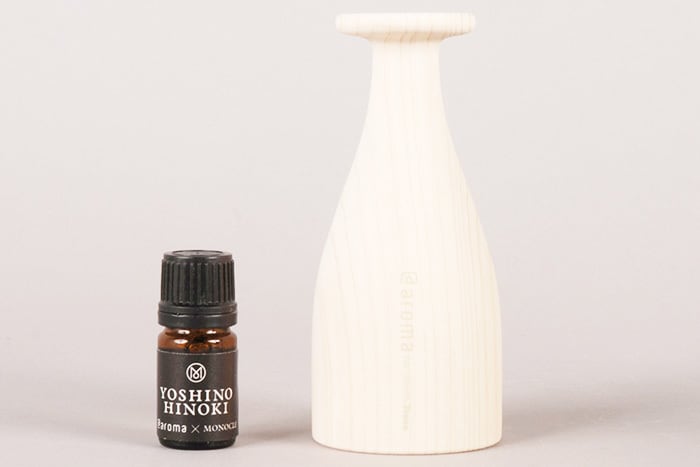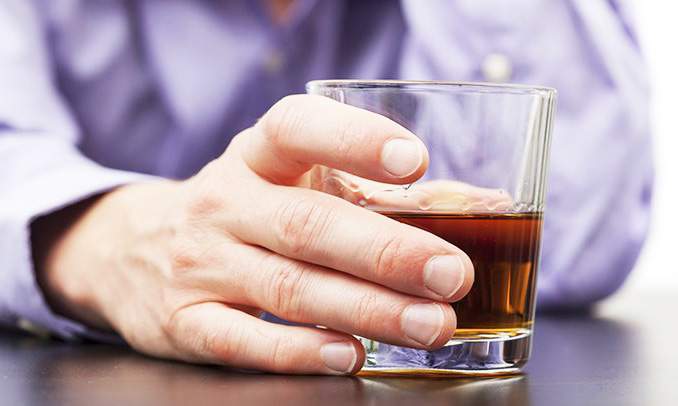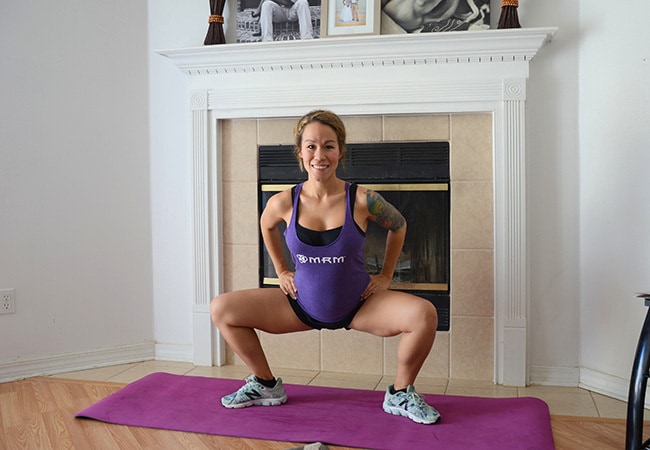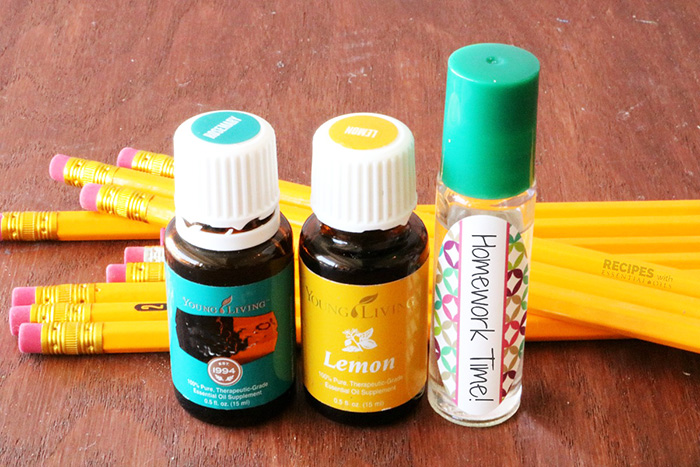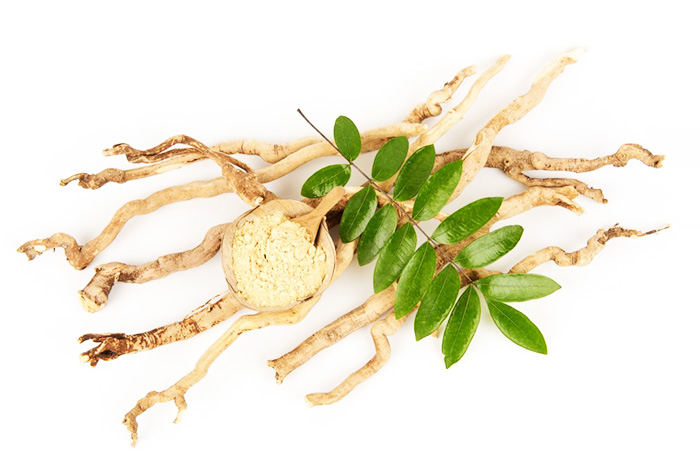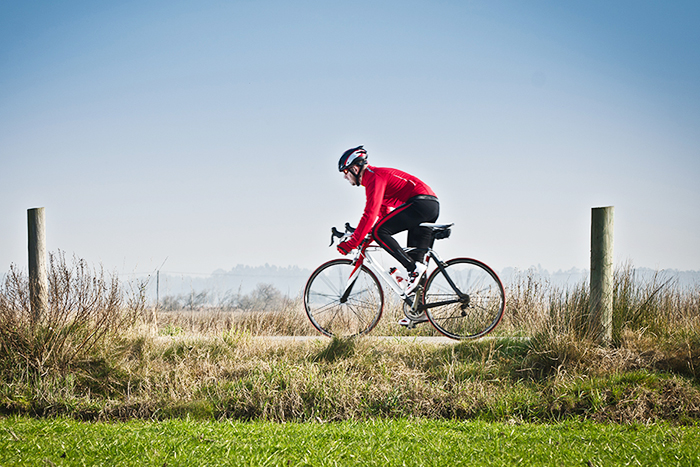As a parent, you always make sure that nothing can harm your child. However, even with all the precautions taken, accidents and other mishaps can happen. It cannot always be in our control but you could prepare for the immediate remedies whenever such circumstances happen. Here are some of the common injuries encountered and how to apply first aid.
Splinters
Splinters are foreign objects, usually a fragment of wood that has penetrated the skin. Pain usually varies depending on how deep and how big the foreign object is. Most cases mild discomfort, redness and inflammation is experienced.
First Aid: If the splinter or part of it protrudes externally, it is best to pull it gently with sterilized tweezers. When the splinter is removed, disinfect the area. If the splinter is in deep, you can fill a bottle (with a mouth wide enough to cover the splinter) with hot water near the brim. Place the area on top of the mouth of the bottle. The hot air will create suction and steam will help draw it out. If the splinter is on a sensitive area, for example near the eyes, it is best to have it removed by a medical professional.
Burns
Burns are types of injuries when the skin is damaged due to contact from heat, extreme cold, electricity, friction etc. Since there are varied degrees of burns, you must first assess the affected area to determine what first aid should be applied.
First Aid: First degree burns should be passed through cold running water and applied with aloe vera or an antiseptic cream. Second degree burns need more extra attention. Debris should be removed as soon as possible and bandaged properly. Seek medical attention as soon as possible afterwards. For more severe cases and even first degree burns with an extensive area, you must call medical attention right away.
Nosebleeds
The onset of blood oozing out of the nose pertains to nosebleeds. Many factors can cause nosebleeds such as trauma, blood vessel damage inside the nose or some preexisting medical conditions.
First Aid: Pinch the bridge of the nose (in between the bone and the soft cartilage) and slightly lean forward. Do not tilt the head backwards. Hold this position for about 5-10 minutes. If the bleeding does not stop, continue to hold pressure while seeking medical attention.
Minor cuts
Usually cuts acquired at home have little to moderate bleeding. Assess the injury and the object that caused the injury. If a rusty object has caused the injury, apply first aid and immediately go to the hospital for a tetanus shot.
First Aid: Apply pressure to the area to stop the bleeding. Hold pressure within 3-5 minutes. Assess the injury. If the bleeding has subsided, clean the area with an antiseptic solution and bandage it carefully. If the bleeding does not stop or has even progressed, clean the area with antiseptic solution and bandage the area before going to the emergency room as soon as possible. If a finger or a body part has been cut off, preserve the cut part in a chest of ice and proceed immediately to the hospital.
